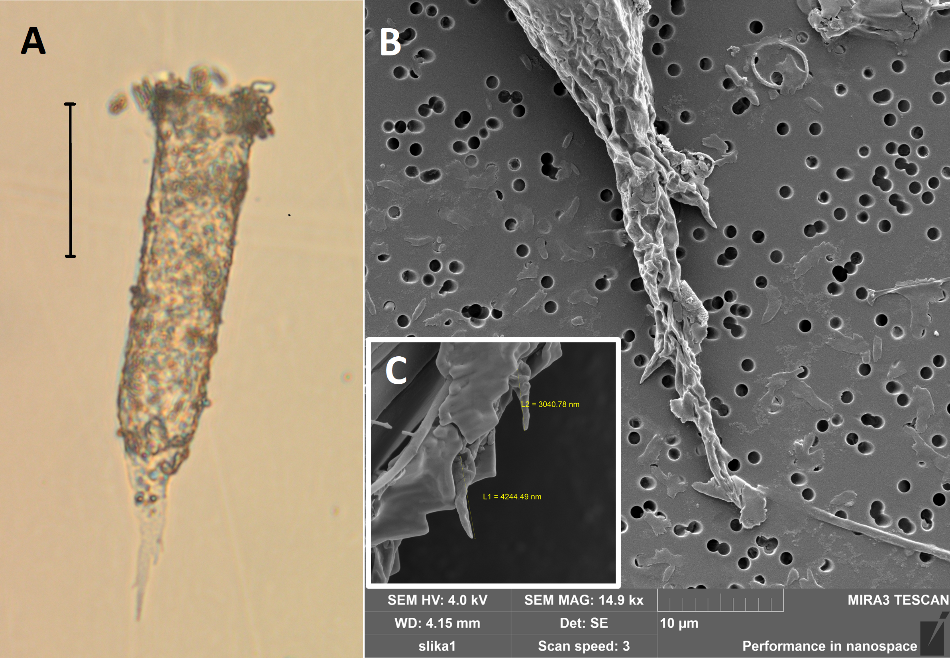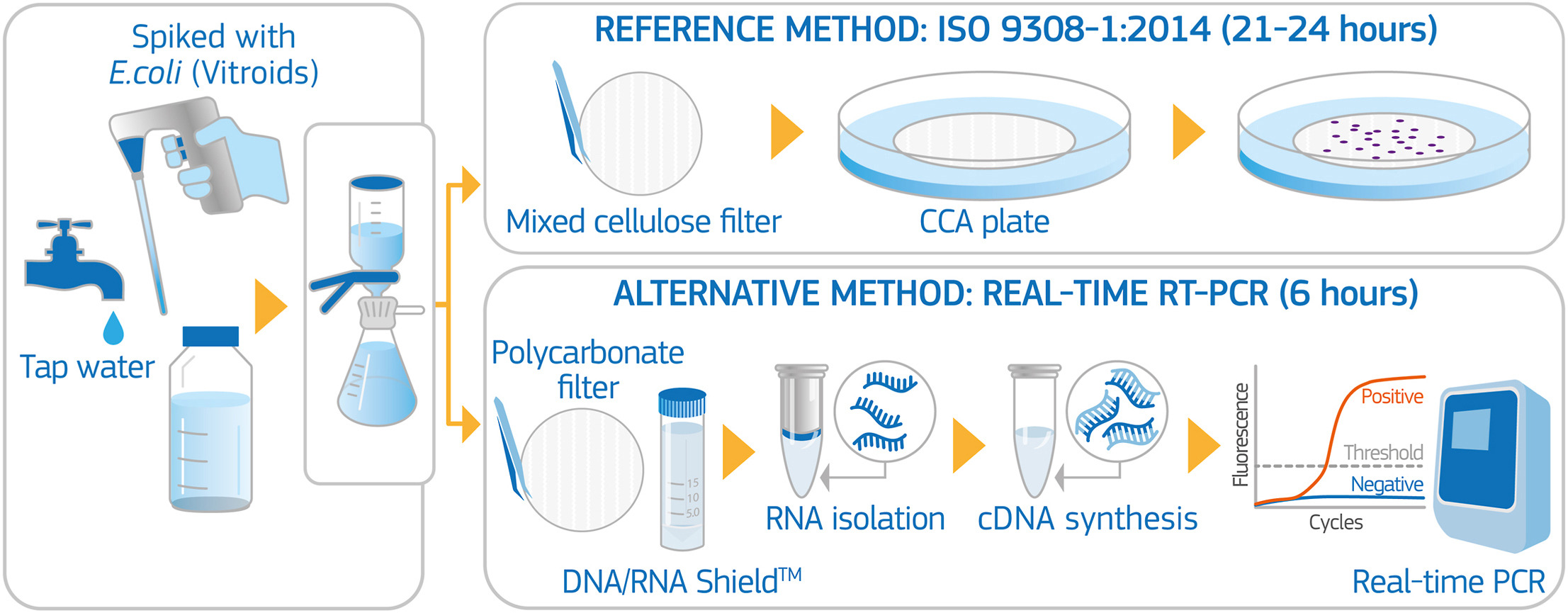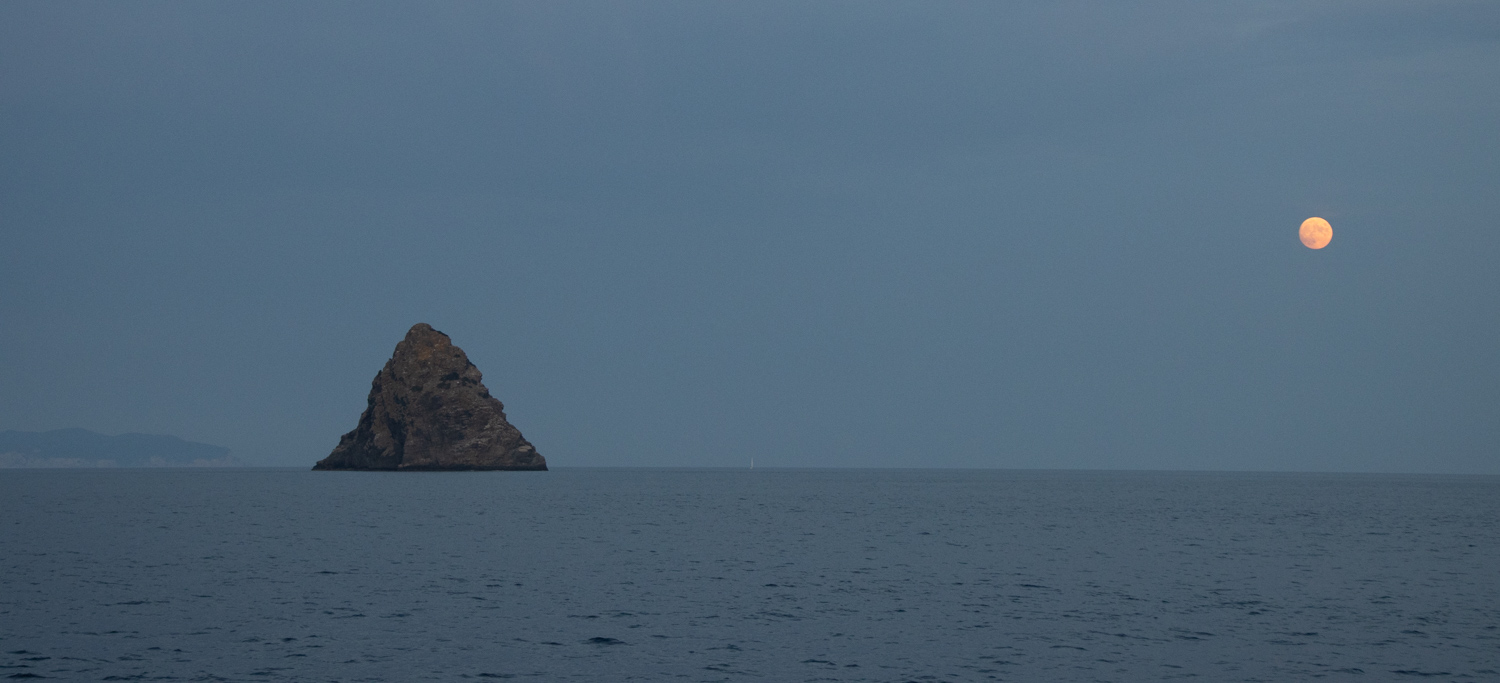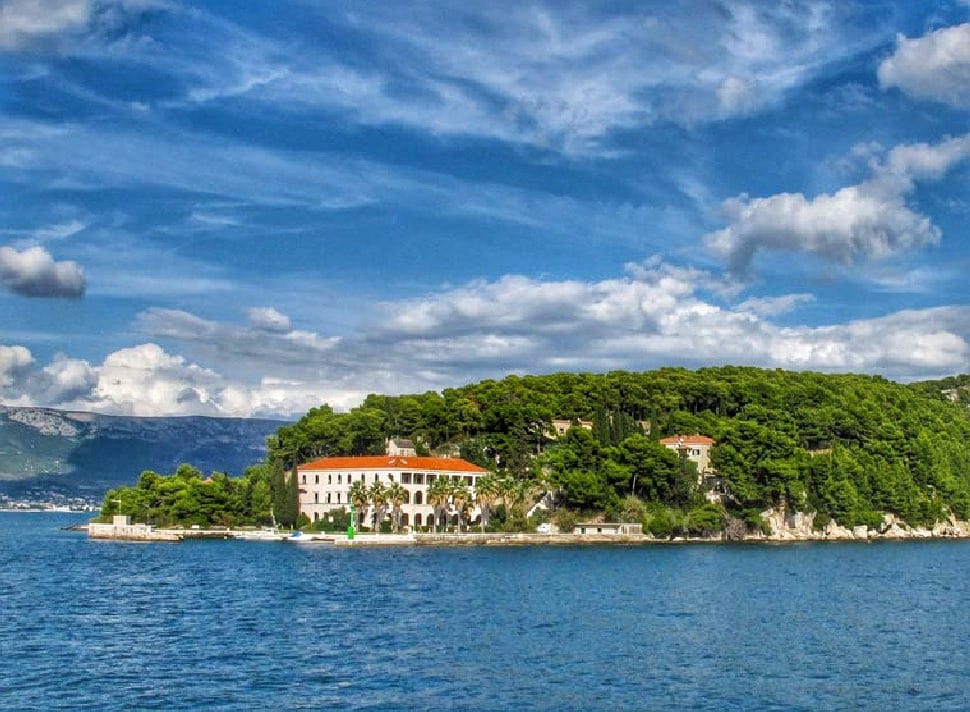In July 2022, a foreign tintinid species Rhizodomus tagatzi was recorded for the first time in the Adriatic Sea, in the Neretva estuary. This Indo-Pacific tintinid species was found in the coastal waters of the western Mediterranean in the 1980s and has since spread to the central and eastern Mediterranean, the Marmara and the Black Sea.
Tintinids are single-celled zooplankton organisms that can be recognized by their “shell”, which we call lorica, and whose shape can vary greatly depending on the type of organism. For example, it can have the shape of a vase, a chalice, a pipe, etc. Depending on the type of lorica, we distinguish them between species with “sticky” lorica, which predominate in coastal ecosystems, while species with “transparent” lorica are more likely to be found in open waters. In addition to providing protection, the lorica facilitates the migration of tintinids in the water column and also serves as a substrate for the attachment of detritus particles, which reduces the sensitivity of tintinids to predation. Due to their abundance in marine ecosystems, these organisms are sometimes a very important component of planktonic food webs.
In the Neretva estuary, the species Rhizodomus tagatzi occurs during the warm season and tolerates a wide range of salinities. The maximum number of even ~2000 cells per liter was measured in a 5-7 m deep layer at the station near Opuzen (16 km upstream from the mouth of the river) and is among the highest values recorded for the Mediterranean and adjacent seas. Such a high population density of these tintinids is related to the ingress of seawater into the bottom layer of the Neretva River itself. During the summer, when the intensity of the inflow of the Neretva River is low, there is a sudden increase in the concentration of nutrient salts at the boundary between fresh and sea water, which creates favorable ecological conditions for the development of microbial communities. However, as the river inflow increases, the freshwater gradually displaces the wedge of seawater from the estuary and fills the entire riverbed at the beginning of winter. The changed ecological conditions are no longer favorable for the survival of the species and it disappears completely from the estuary.
Ballast water from ships can be considered as the cause of the introduction of this species into the Adriatic. As a semi-enclosed sea with a limited exchange of water masses with neighboring seas, the Adriatic is extremely sensitive to pollution and the introduction of alien species. Although the species R. tagatzi does not currently appear to cause a visible ecological problem in the Neretva estuary, it can certainly displace autochthonous tintinid species and thus reduce the biodiversity of the community.
Scientists from the Institute of Oceanography and Fisheries, the Institute for Marine and Coastal Research of Dubrovnik and the Department of Applied Ecology of the University of Dubrovnik participated in this discovery. Detailed information can be found in the publication, which you can access via the link https://www.mdpi.com/2073-4441/15/10/1821.




